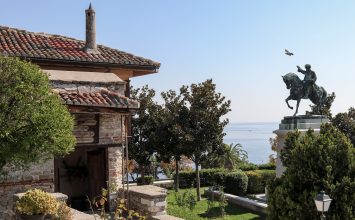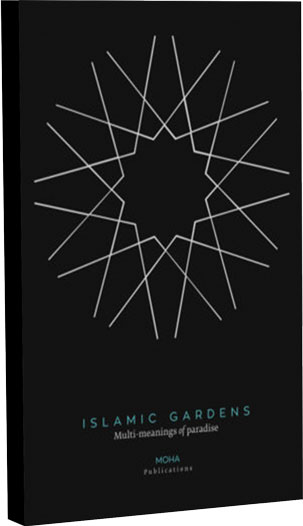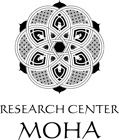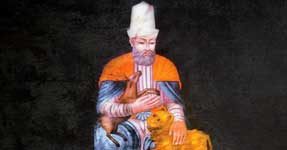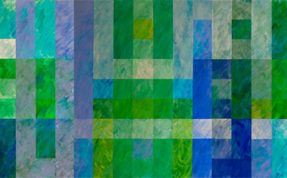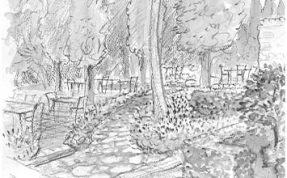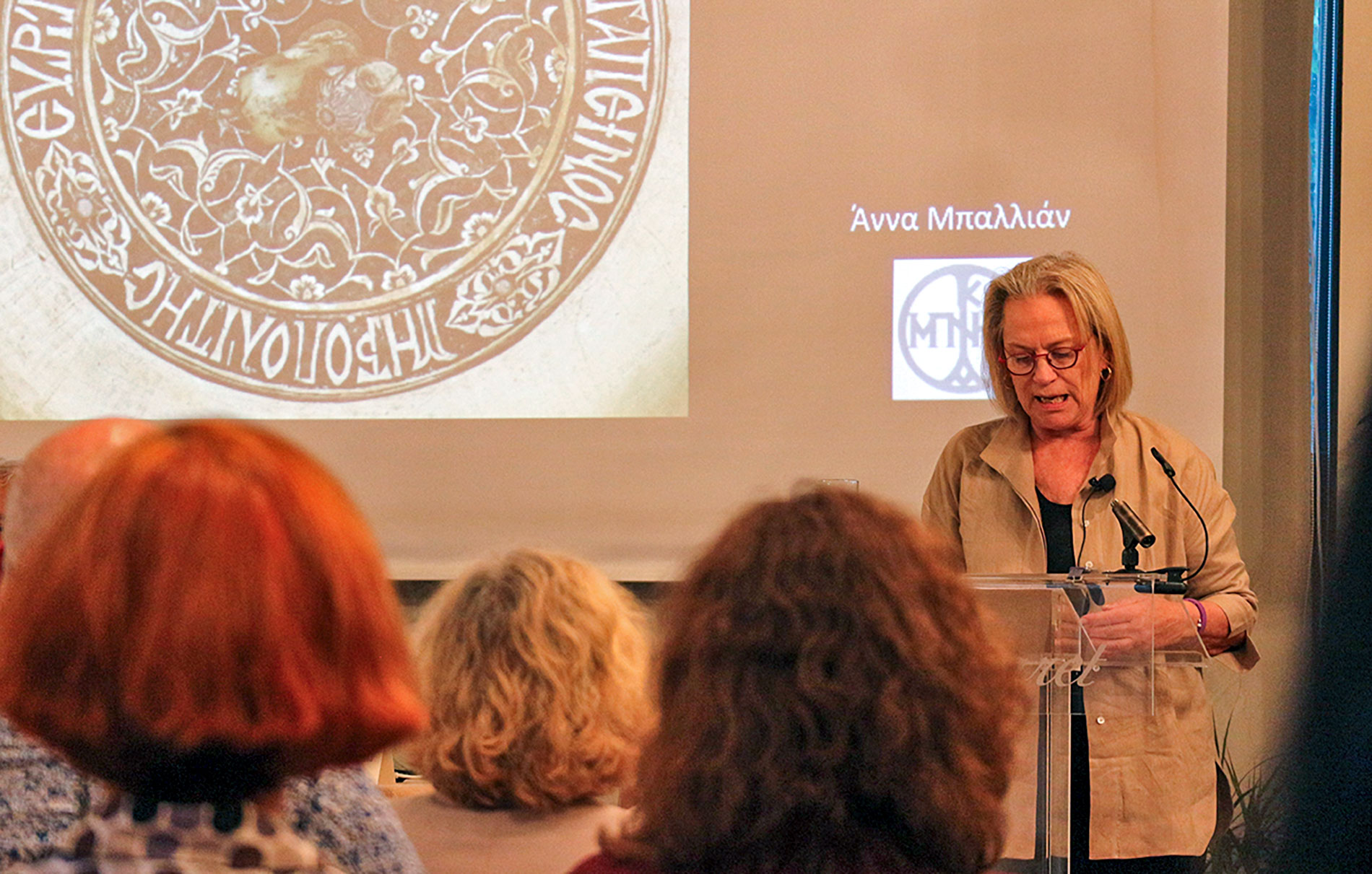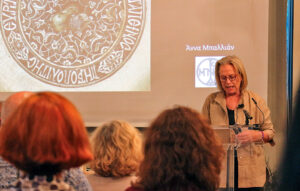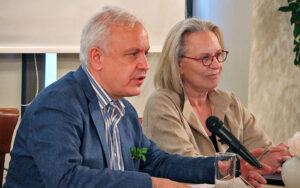Lecture
Location: Imaret’s conference hall
Date: 20 May 2022, 20:00
About the event
MOHA Research Center, in collaboration with the Centre of Islamic Studies and the Faculty of Classics at the University of Cambridge, hosted Dr. Anna Ballian, emerita researcher and curator of the Benaki Museum, for a public lecture on the cultural, religious and visual variety of the art of Ottoman Greece. The lecture took place on Friday, May 20, 2022, at 20:00, in the event hall of the Imaret.
Until recently, the art and material culture of Greece during the Ottoman period has been approached from the vantage point of ‘popular’ and ‘metabyzantine’ art. The terminology we use, or avoid, is not neutral, but evokes the ideological questions and problems the material raises. More than one hundred and fifty years have passed between the ‘Turkish-ruled’ Greece of historian Konstantinos Sathas in 1869 and the ‘Ottoman Greece’ of the title of Anna Ballian’s lecture. Today both contemporary Greek and international historiography integrate the study of the Greek peoples within the wider Ottoman framework to which they once belonged.
Most historians of art, including Byzantine art historians who study this period, have focused and continue to focus on Cretan painting and in particular the interaction between Byzantine and western European painting styles. We find similar efforts to trace relationships with European art in other Balkan countries which sought to mould identities without reference to the recent Ottoman past. Contemporary developments in the study of art help us to see with fresh eyes both familiar and unfamiliar works, to situate them in their wider context and to evaluate the contribution of Greeks and other Christian peoples to their creation. For her lecture, the former curator of the Islamic collection of the Benaki Museum selected examples from the early Ottoman period, particularly the sixteenth and seventeenth centuries, because it is the least known, but also because from the eighteenth century and particularly its second half, with the spread of the Enlightenment, the historical terms and conditions changed. The examples that were discussed come mainly from sixteenth-century wall painting and sixteenth and seventeenth-century silverwork, but also subjects related to inter-communal relationships in the ecclesiastical art of the Armenian and Greek Orthodox Churches.
